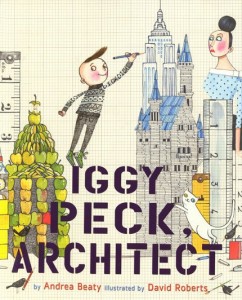 Not only is this week’s picture book a fun way to teach some of the Common Core State Standards in Reading, it is also the best inspiration for your “welcome back to school” classroom bulletin board.
Not only is this week’s picture book a fun way to teach some of the Common Core State Standards in Reading, it is also the best inspiration for your “welcome back to school” classroom bulletin board.
This Plus That: Life’s Little Equations written by Amy Krouse Rosenthal and illustrated by Jen Corace is sheer brilliance. It starts with:
1 + 1 = us
I love it! Not only will your students know how to read math symbols after sharing this book, but they’ll look at math much more creatively.
Smile + wave = hello
Smile + ocean wave = beach
Some are compare and contrast (I love what does and does not equal a sincere apology!), some are stand-alone sentences. Most are addition, but other math ideas come into play as well:
cozy + smell of pancakes – alarm clock = weekend
This would be fun to pair with 1 + 1 = 5 by David La Rochelle and Brenda Sexton if you’d like to hit Integrating Knowledge & Ideas, but all on its own This Plus That teaches Print Concepts and works beautifully to build Fluency.
After you share This Plus That, brainstorm and write equations with your students. In the book:
leaves + hot soup = fall
What things add up to fall for your students? And I’d love to make a welcoming bulletin board with:
1 + 1 = us and Joe + Gabriel + Julia + Matt…. = our class
This Plus That + your students = a whole new way of writing with math symbols!
For more information about the author, please visit whoisamy.com.
For more information about the illustrator, please visit jencorace.com.



